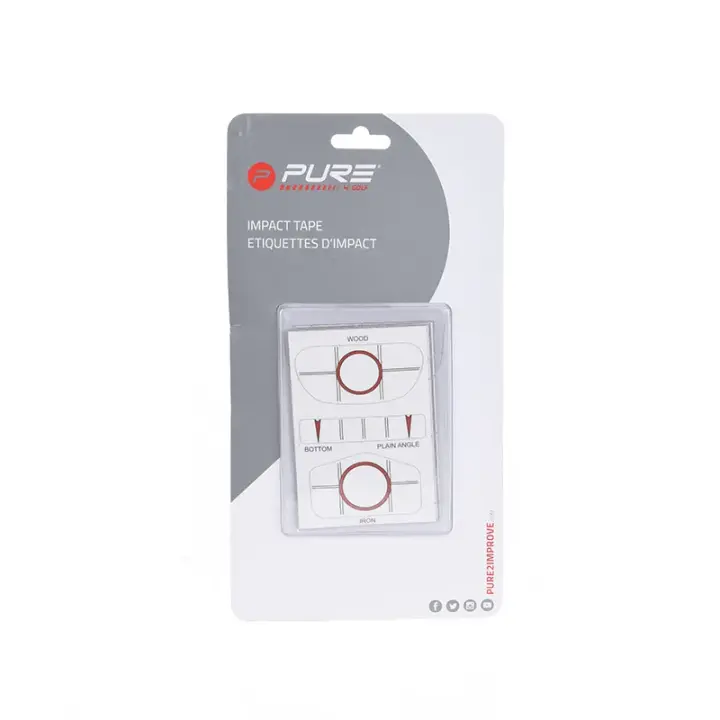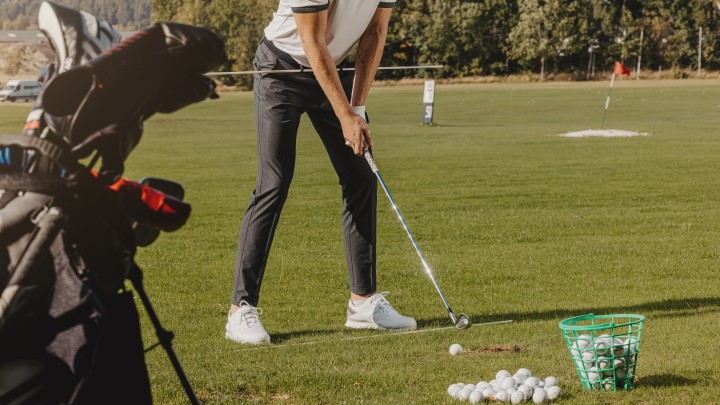
10 training products to improve your golf
‘The more I practise – the luckier I get’ – is a well-known quote by Ingemar Stenmark. It would be strange to say he was wrong. And whether we're talking about skiing or golf, practice is something that makes you better.
Playing 18 holes takes a few hours to complete, as we all know, while a practice session can be done much quicker. If you want to develop your game and likely have more enjoyable rounds, take the opportunity to practice a bit extra.
Here we have gathered the training products that will help you improve.
1. Alignment Sticks
It would hardly be possible to make such a list without including alignment sticks. It's an incredibly useful training aid that can help you improve your swing path, aim, ball position, putting and much more. Simply put, get yourself a pair of alignment sticks and you can train effectively and professionally. Plus, it adds that extra 'tour look' to your bag when a couple of alignment sticks are peeking out.
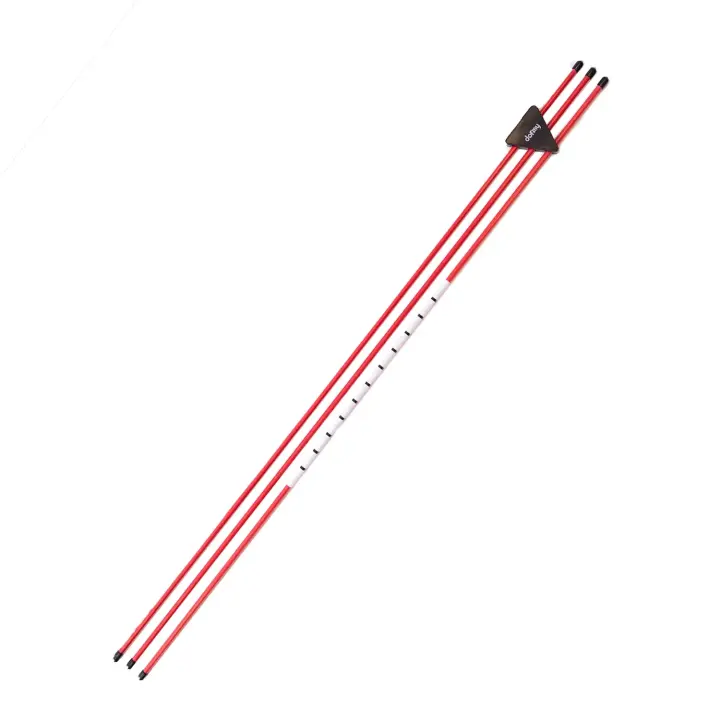
2. Launch monitor
For well-paid professional players, owning a personal launch monitor that they can bring to the range to gather valuable statistics on their shots has long been standard practice. Sure, if you're going to invest in a Trackman or any other premium model, you'll need to be prepared to open your wallet considerably. But thankfully, several more affordable alternatives have emerged recently. Take the Garmin R10, for example, a handy monitor that tracks more than a dozen metrics to optimise your training. The dream of owning a launch monitor no longer needs to remain just a dream.
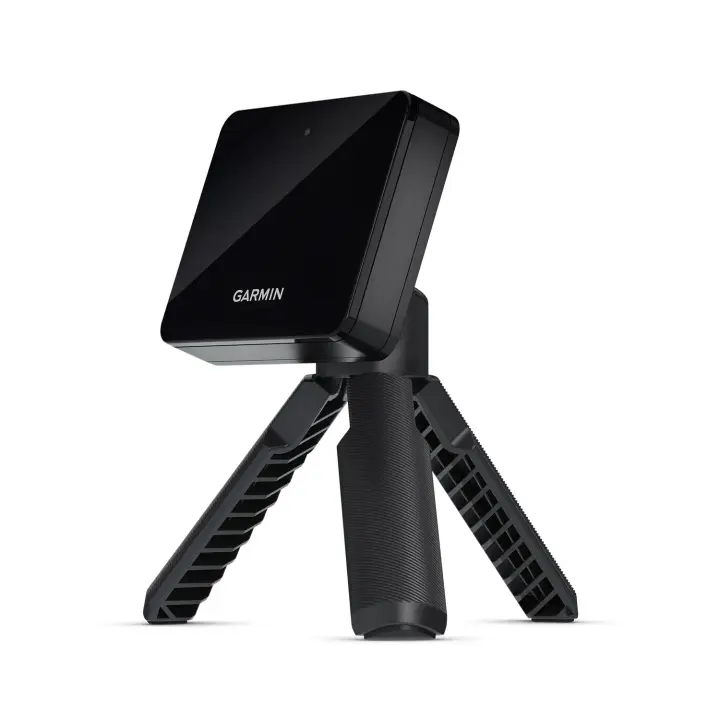
3. Smart Sensors
In recent years, we've seen technology sensors from both Garmin and Arccos enter the golf market. These are sensors that screw into the top of your club's grip. The sensors are then connected to a mobile app. Sounds complicated? It's not. If you want to identify your weaknesses (and strengths) in the game, it couldn't be clearer. If you take your golf seriously and want to know what to practice extra on, the statistics you get are enormously useful. You'll know exactly how far each club goes, how often you hit the green from each distance, your average number of putts, and more. The sensors work automatically during play, and when you get home, you can open the mobile app at your leisure and see exactly what you need to improve on.
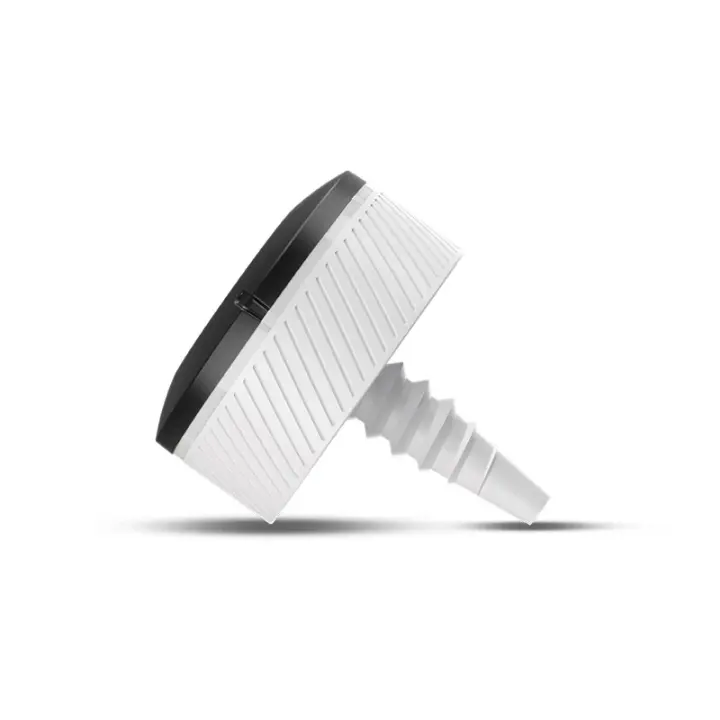
4. Putting Mat
On average, a golfer makes about 40% of their shots with the putter, making it by far the most frequently used club. Perhaps it might be a good idea to practice a bit extra with the putter to further master the short-cut grass? With a putting mat in your possession, it doesn't matter if it's below freezing and snowing outside. Instead, see it as an opportunity to stay indoors and fine-tune your putting - you'll definitely not regret it when you get out on the course and start sinking those 2-metre putts consistently.
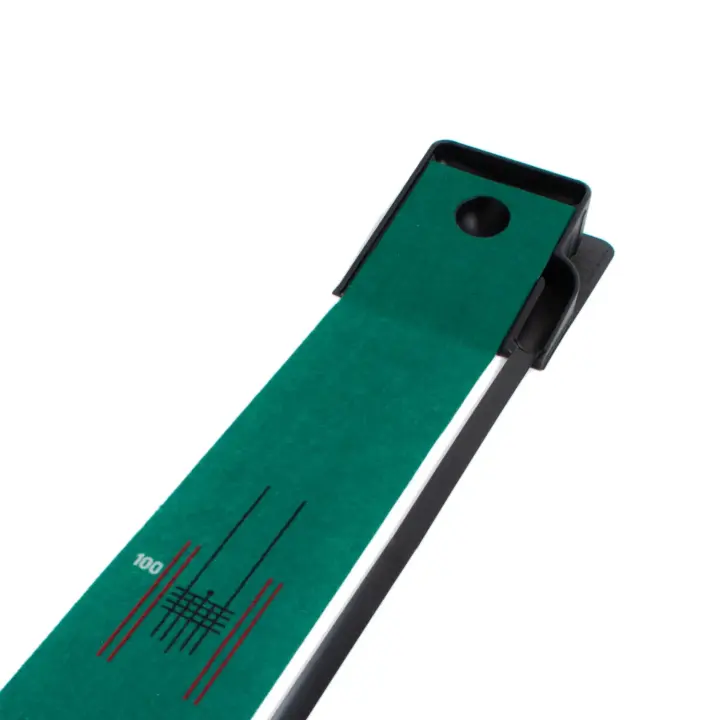
5. Putting Mirror
While we're on the subject of putting and how important it is. Being able to repeat your putting stroke time after time is key to success. Using a putting mirror allows you to clearly see your stroke and how the clubhead is angled when you strike the ball - getting this right will make it easier to aim correctly more often. The putting mirror is easy to store, takes up little space in your bag and is perfect to set up on the practice green before heading out to the course.
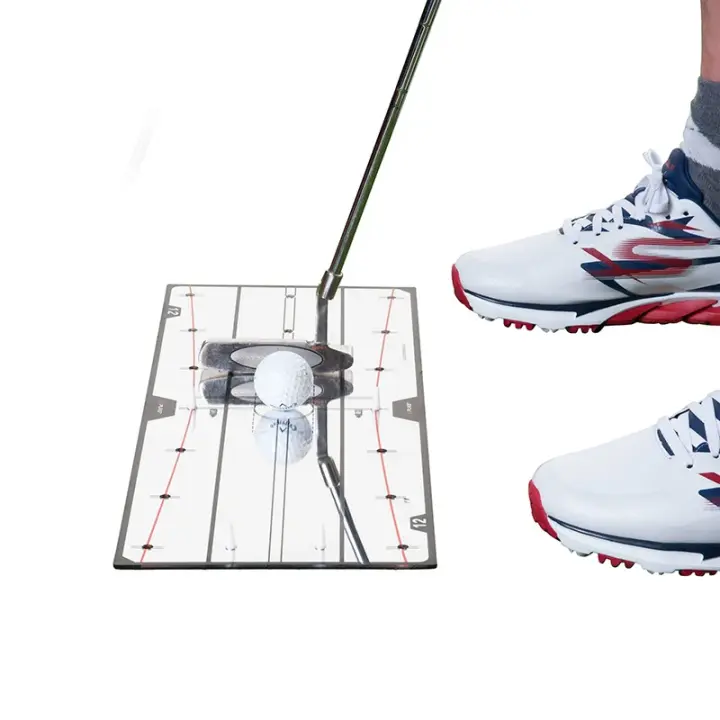
6. Putting balance
Another handy and useful training aid to improve your putting. The balance plate attaches to the putter shaft and a ball is placed on the plate. Then just start putting, with the goal being to keep the ball on the plate throughout the stroke. If you succeed, it will benefit your tempo and make it easier to achieve the right distance control. An inexpensive training aid that should be in every serious golfer's bag!
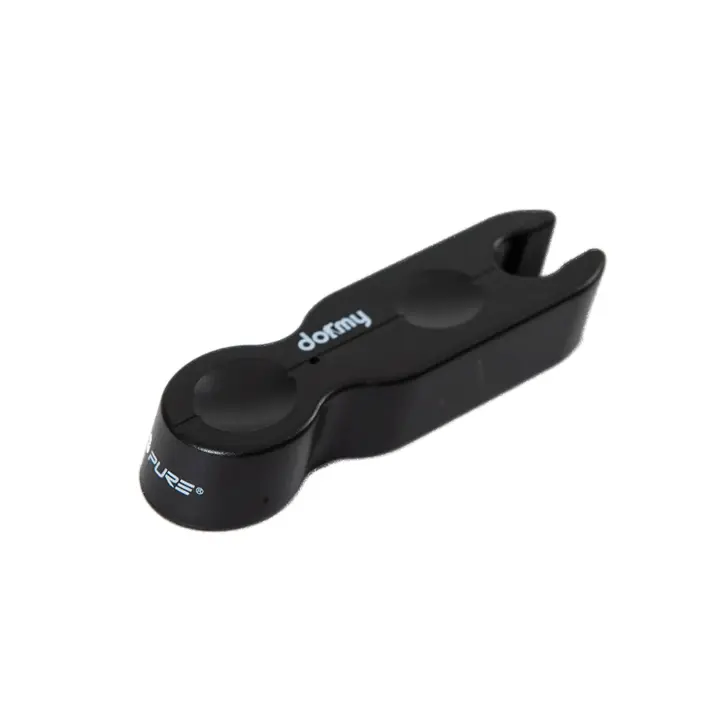
7. Speed sticks / Weights
Who wouldn't want to hit the ball a bit further? To achieve longer distances, you need to swing the club faster than before. Speed sticks, which weigh more than a regular golf club, can be particularly useful for this purpose. By consistently training with weighted speed sticks, you'll become both stronger and faster through the air, making your regular club feel very light when you return to it. There are also weights that can be attached to your club with velcro for training purposes. Both options are effective and serve the same purpose.
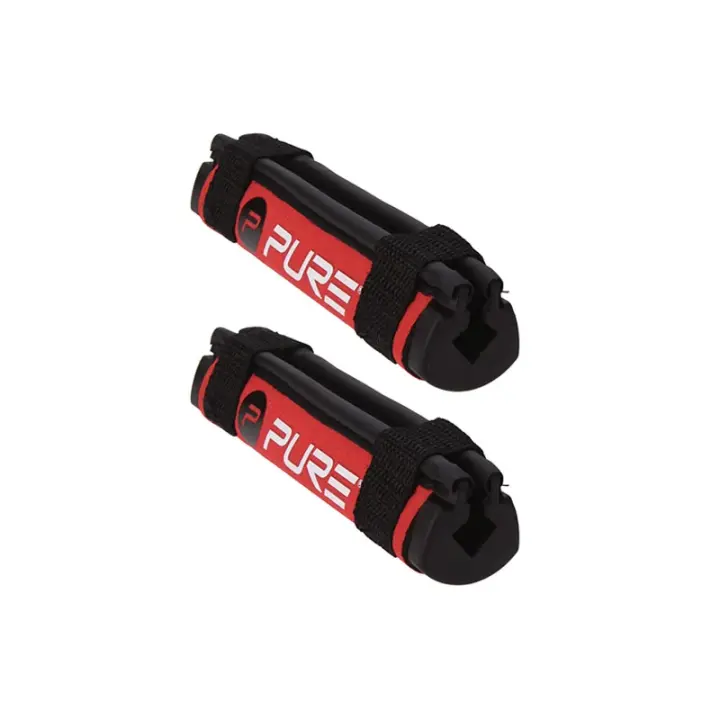
8. Ball Pouch
If you practice golf frequently, you should naturally do so with the same ball you use on the course. Once you've found a model you like, continue practicing with that ball model and avoid using worn-out found balls at the bottom of your bag, or range balls for that matter. Getting truly accustomed to one specific ball model will be valuable in the long run when you know exactly how the ball behaves in all situations. When you've found your favourite, stick with it and store it in a stylish and practical ball pouch.

9. Chipping net
The best practice is the one that actually happens, that's just how it is. If you don't always have time to get to the golf course, you can practice at home, especially your short game. With a putting mat and a chipping net, you can go a long way. Imagine the feeling of setting up a chipping net on your lawn on a warm summer evening and having the chance to hit a few chips whenever the mood strikes - dreamy!
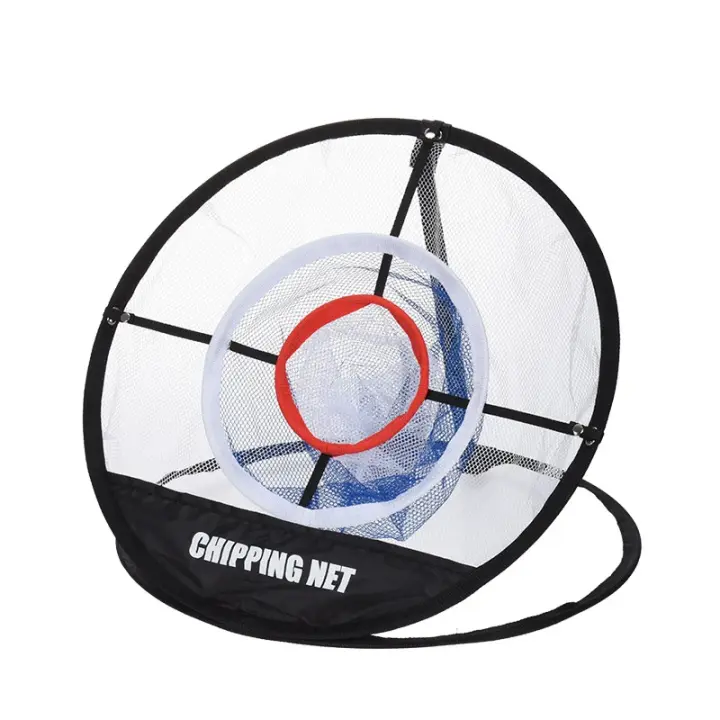
10. Impact Tape / Spray
We all want to hit the sweet spot every time, but unfortunately, reality is often quite different. To find the centre more frequently, you can use impact tape or impact spray applied to the clubface. This gives you immediate feedback on where you're striking the ball on the face and allows you to adjust your setup and swing accordingly. It's also a useful tool to indicate whether your clubs have the correct length and lie angle. For example, if you consistently hit the ball towards the toe, a longer club might be preferable to move the strike point towards the centre.
